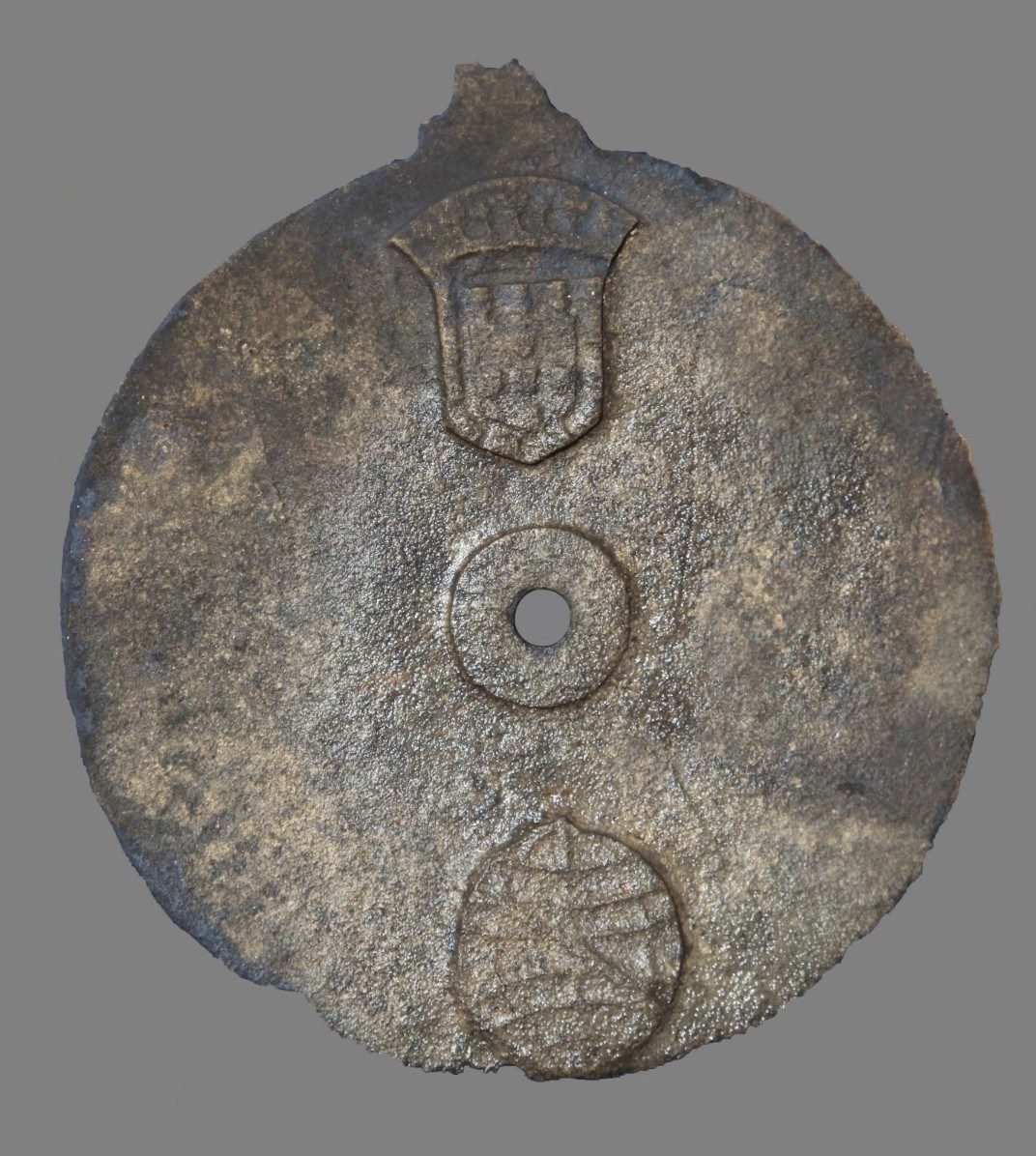
© David MearnsThe astrolabe recovered from Vasco da Gama's fleet.
An astrolabe recovered from a sunken Portuguese armada ship has been verified - twice - as
the oldest of its type ever discovered. Astrolabes are instruments that were widely used from the classical period through to the late Middle Ages. They were deployed by astronomers and navigators as a reliable method of calculating position in relation to the sun, other stars, and the horizon.
So useful were they that in a recent interview Loiuse Devoy, curator of England's Royal Observatory in Greenwich
described them as the medieval equivalent of a smartphone.
Given their ubiquity and value it is hardly surprising they were present on ships commanded by the famous Portuguese explorer (or vanguard of European imperialism, take your pick), Vasco da Gama, who died in 1524.
The astrolabe that has been subject to the latest scrutiny is one such, recovered from the sunken wreckage of a ship that was part of da Gama's second voyage to India, which took place in 1502 and 1503.
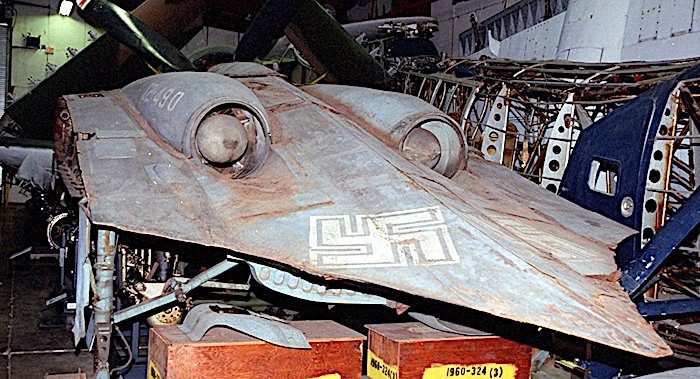
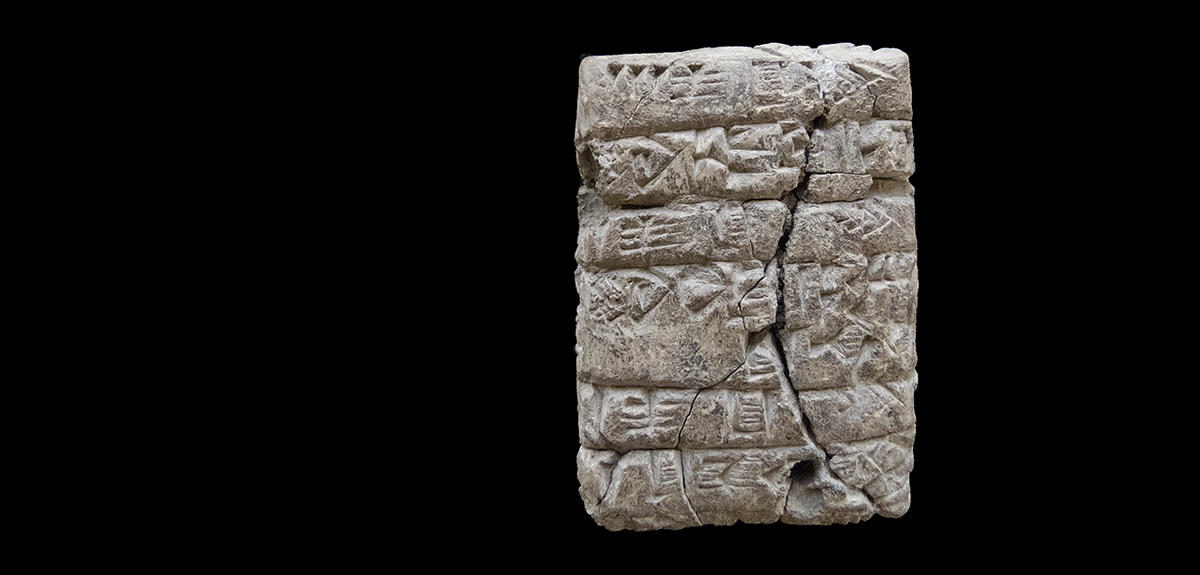
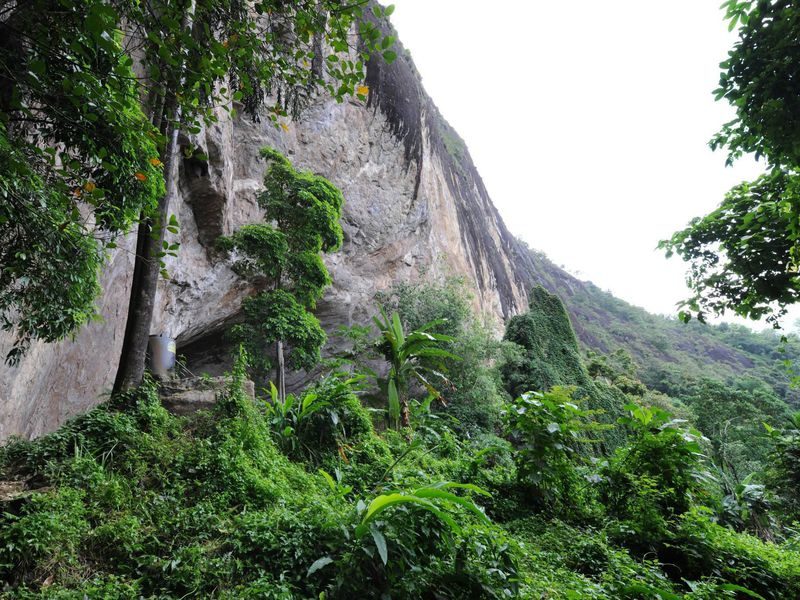
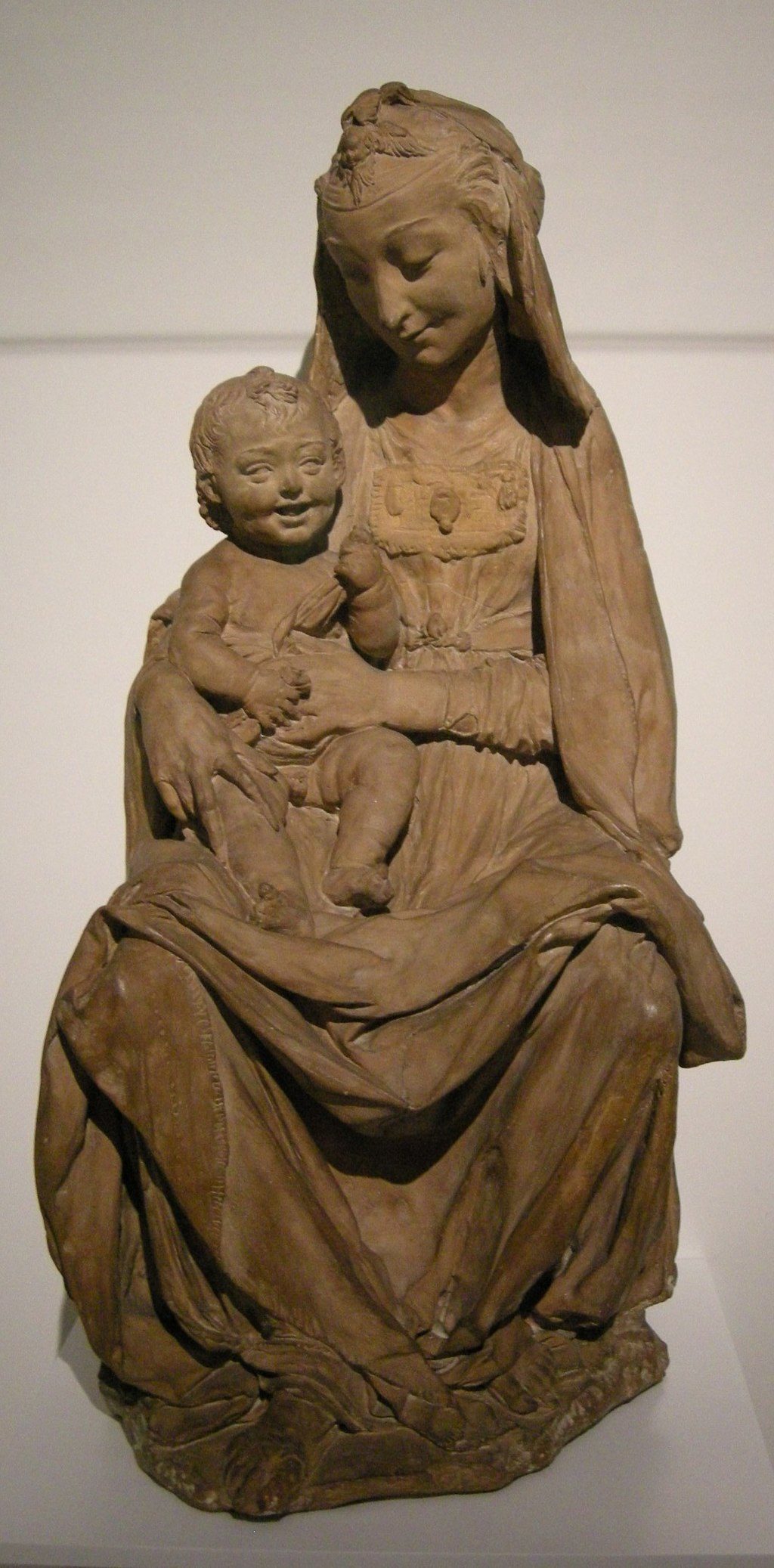
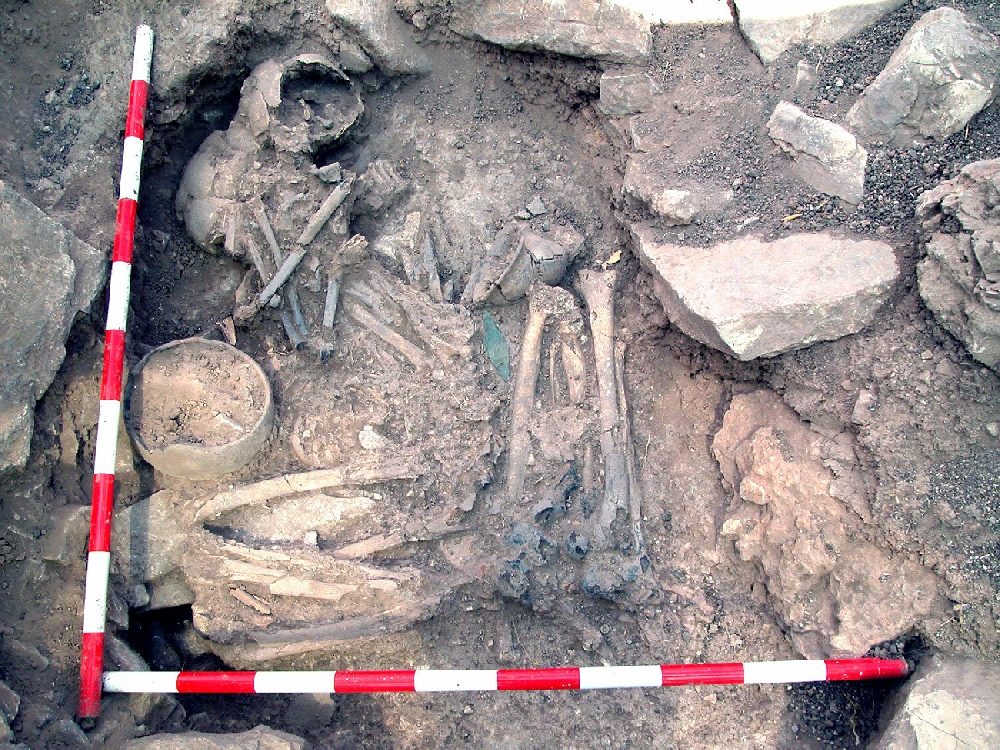
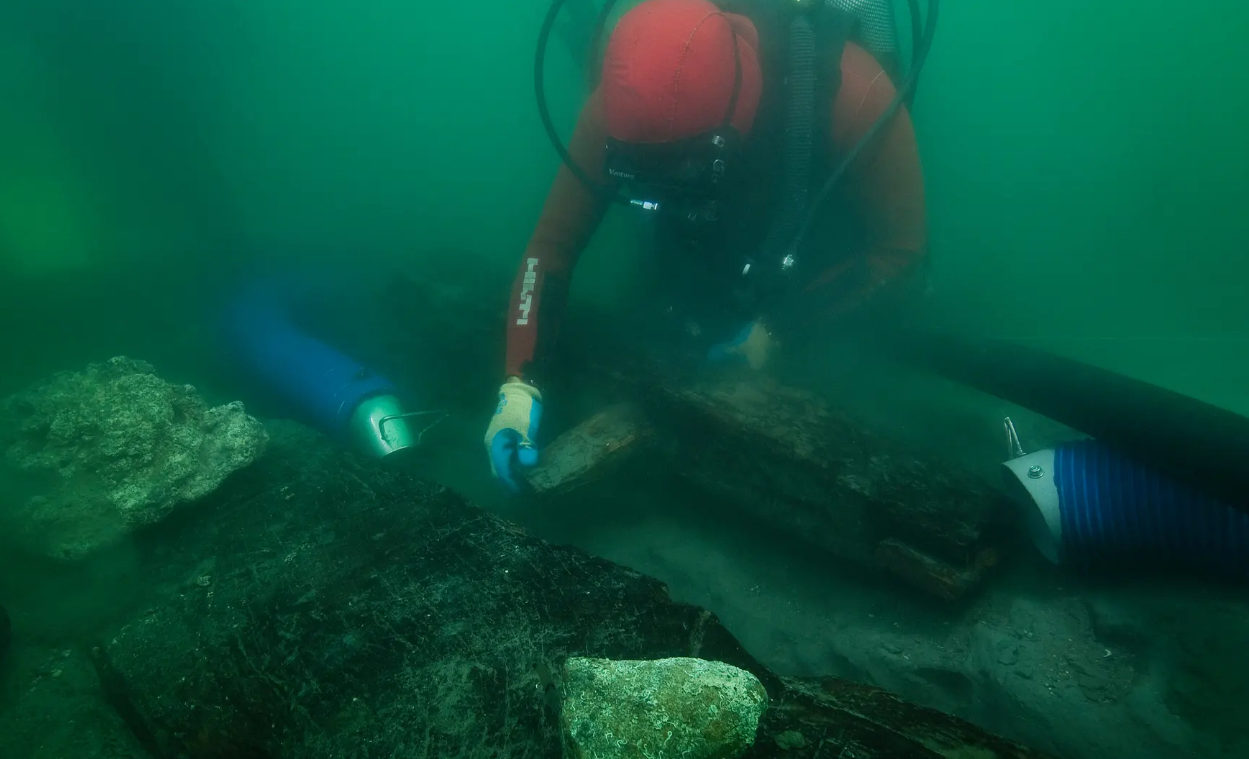
Comment: The moniker 'empire of chaos' is well-deserved - everything it touches turns to ashes. See also: